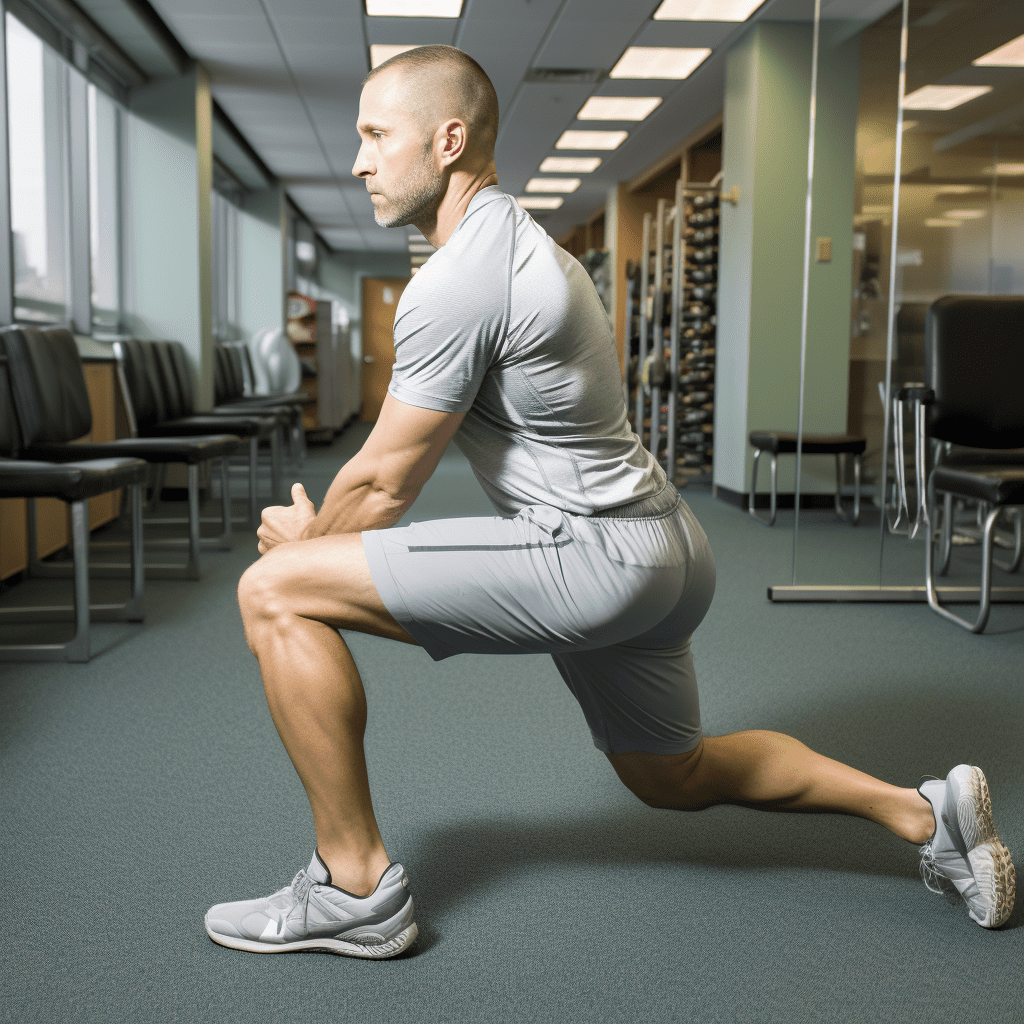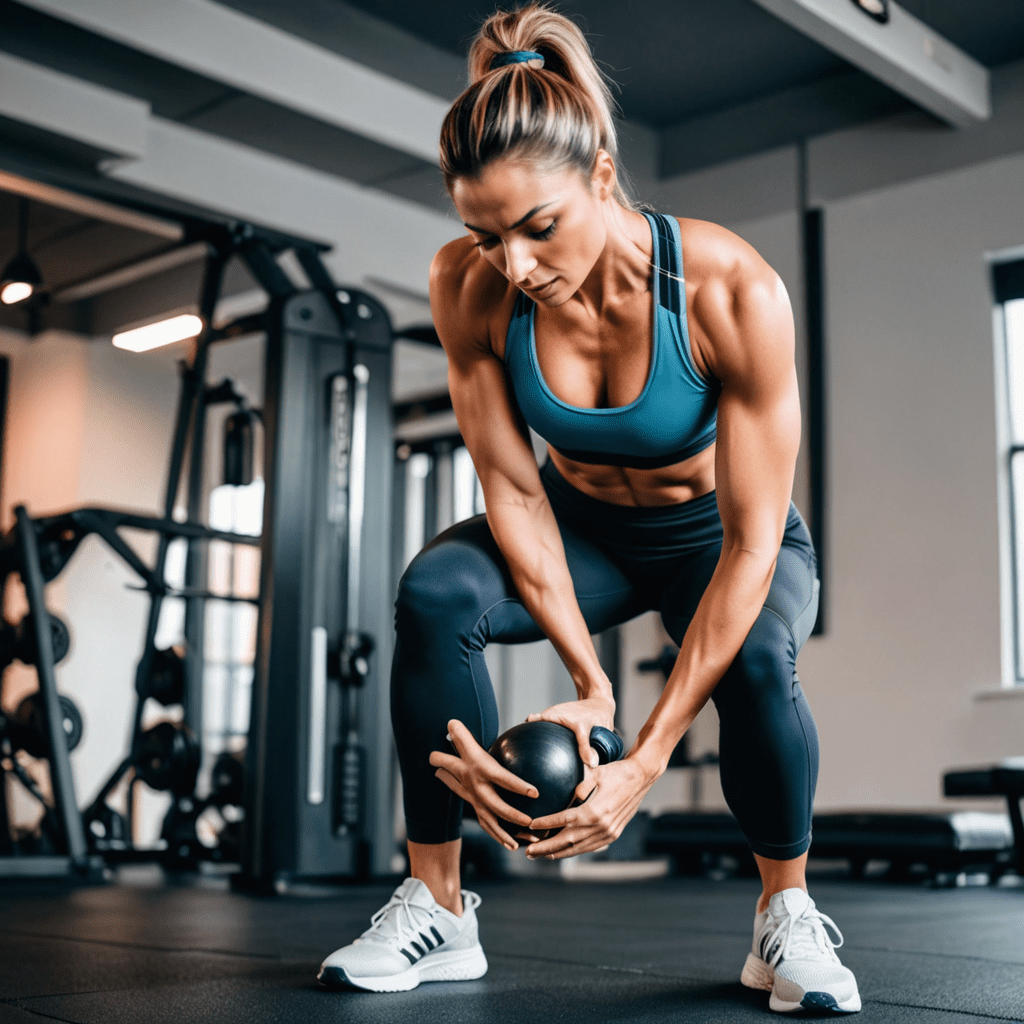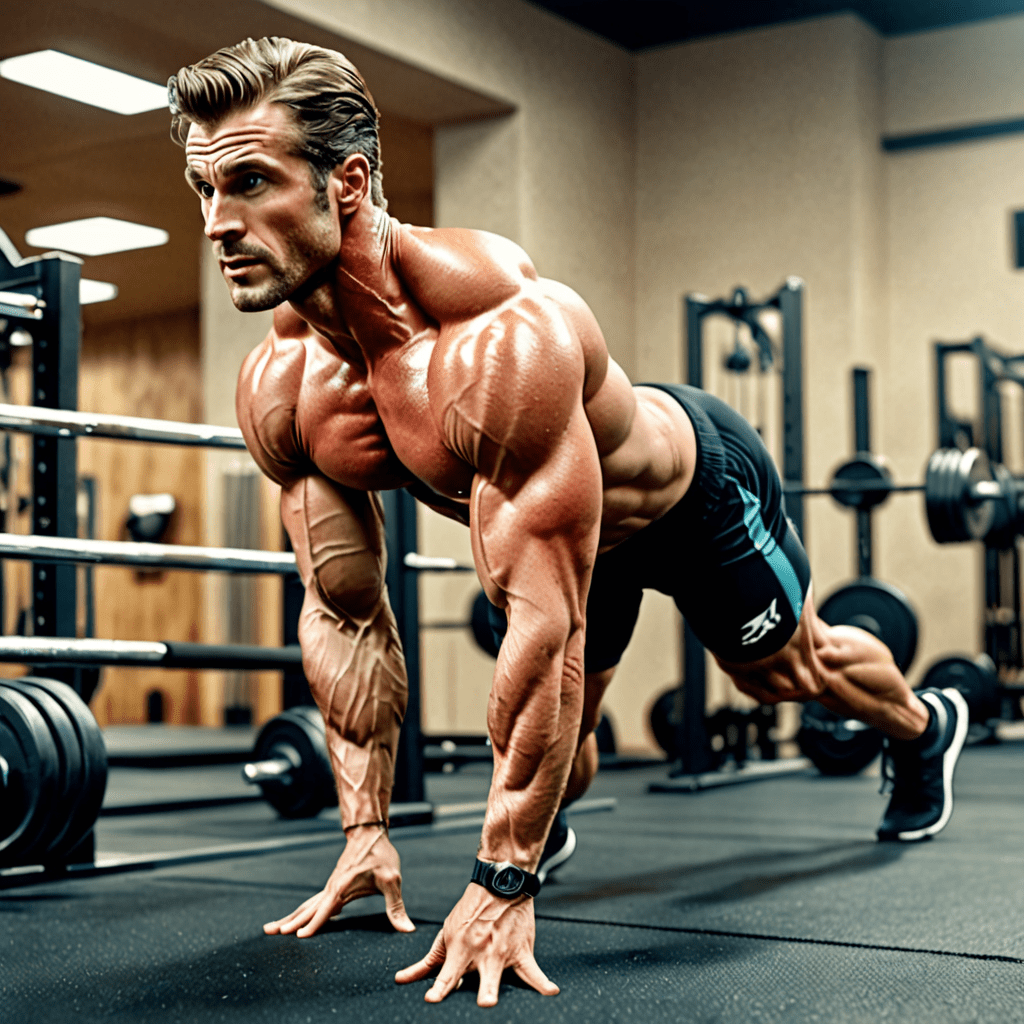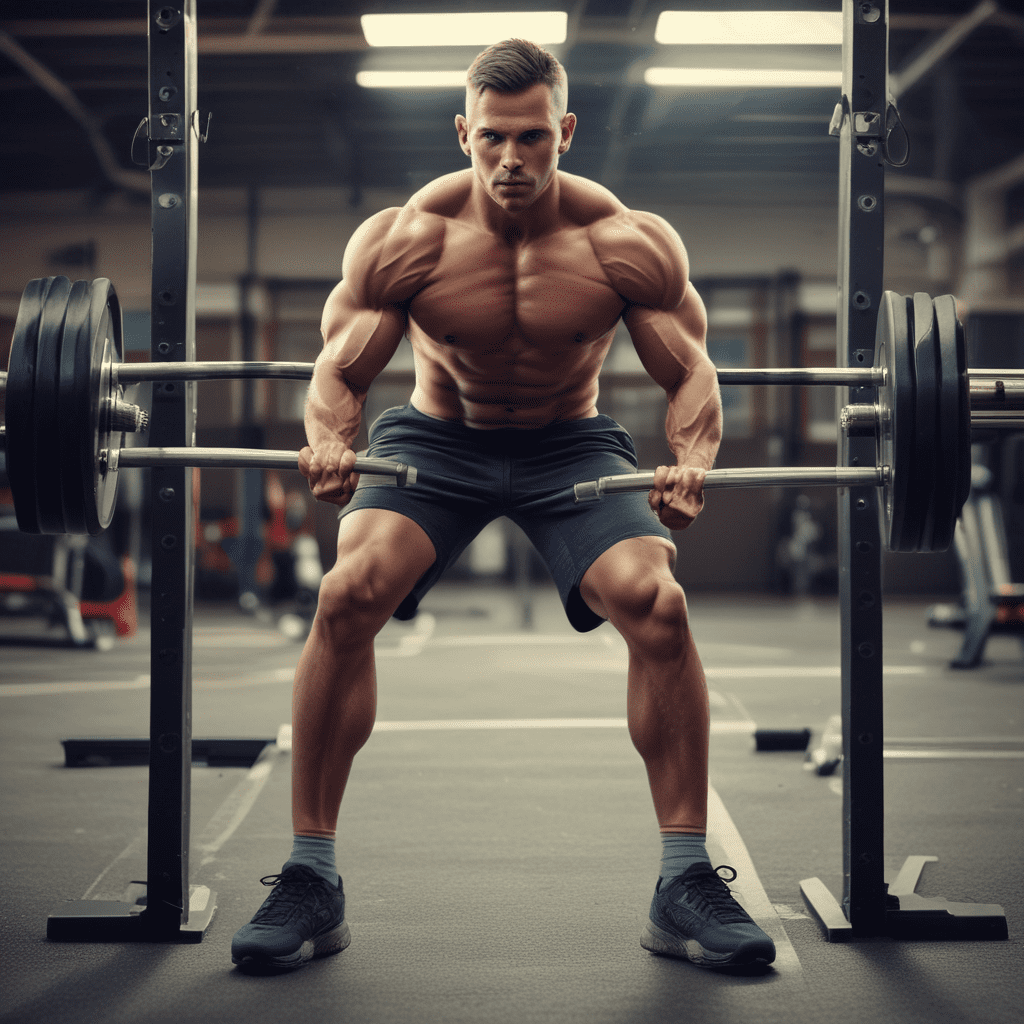
What Does Bulgarian Split Squat Work?
The Bulgarian split squat is a popular lower body exercise that targets several muscle groups simultaneously. By primarily engaging the quadriceps, glutes, and hamstrings, this exercise can help develop lower body strength, improve balance, and enhance overall lower body stability.
In this article, we will explore the various muscle groups that the Bulgarian split squat works and discuss its benefits for individuals looking to enhance their lower body strength and stability.
1. Quadriceps
The quadriceps, located in the front of the thigh, are the primary muscles targeted during the Bulgarian split squat. This exercise places a significant load on the quads and helps develop strength and size in this muscle group. Strong quadriceps are essential for various activities such as walking, running, jumping, and squatting.
2. Glutes
The gluteal muscles, including the gluteus maximus, medius, and minimus, are also highly engaged during the Bulgarian split squat. These muscles play a crucial role in hip extension and stabilization. By incorporating the Bulgarian split squat into your workout routine, you can effectively target and strengthen your glutes, contributing to improved athletic performance and lower body power.
3. Hamstrings
The hamstrings, located at the back of the thigh, act as the antagonist muscles to the quadriceps. They help in knee flexion and hip extension. While the Bulgarian split squat primarily emphasizes the quadriceps, the hamstrings also play a secondary role in stabilizing the knee joint during the exercise. Strengthening the hamstrings is important for injury prevention and overall lower body strength.
4. Calves
Although the calves are not the primary focus of the Bulgarian split squat, they do contribute to the stability and balance required to perform the exercise correctly. The calf muscles assist in maintaining proper positioning and alignment during the movement, helping to stabilize the ankle joint. The Bulgarian split squat can provide some conditioning for the calf muscles, especially the soleus and gastrocnemius.
5. Core
Engaging the core during the Bulgarian split squat is essential for stability and maintaining an upright position. As you perform the exercise, your core muscles, including the abdominals and obliques, work to keep you balanced and prevent excessive forward or lateral leaning. Strengthening the core is crucial for overall functional movement and can enhance athletic performance in various sports and activities.
6. Balance and Stabilizer Muscles
In addition to targeting specific muscle groups, the Bulgarian split squat also works the smaller stabilizer muscles throughout the lower body. These muscles help maintain balance and proper alignment during the exercise. With consistent training, these stabilizer muscles become stronger, leading to improved overall balance and stability.
FAQ
Q1: Is the Bulgarian split squat suitable for beginners?
A: While the Bulgarian split squat is a challenging exercise, it can be modified to suit beginners. Starting with bodyweight or using a support like a chair or wall can provide assistance until the individual builds sufficient strength and balance to perform the exercise without assistance.
Q2: Can the Bulgarian split squat help with knee stability?
A: Yes, the Bulgarian split squat can contribute to knee stability by strengthening the quadriceps, hamstrings, and other surrounding muscles. However, individuals with existing knee issues should consult with a healthcare professional before incorporating this exercise into their routine.
Q3: How often should I perform Bulgarian split squats?
A: The frequency of Bulgarian split squat training can vary depending on individual goals and fitness level. Generally, it is recommended to include this exercise in your lower body workout routine 1-3 times per week, with adequate rest days in between sessions to allow for muscle recovery.
Q4: Can the Bulgarian split squat help with muscle imbalances?
A: Yes, the Bulgarian split squat is particularly effective for targeting and correcting muscle imbalances. By using unilateral movement, this exercise helps identify and address any discrepancies in strength or stability between the left and right sides of the body.
Q5: Can I incorporate weights or resistance into the Bulgarian split squat?
A: Yes, adding weights or resistance, such as dumbbells or a barbell, can further challenge the muscles during the Bulgarian split squat. However, it is essential to start with proper form and technique before progressing to weighted variations to avoid injury.
Q6: Are there any alternatives to the Bulgarian split squat?
A: Yes, there are several alternatives to the Bulgarian split squat that engage similar muscle groups. Some alternatives include lunges, step-ups, and rear foot elevated split squats. Incorporating a variety of exercises can help add variety to your workouts and prevent plateauing.


